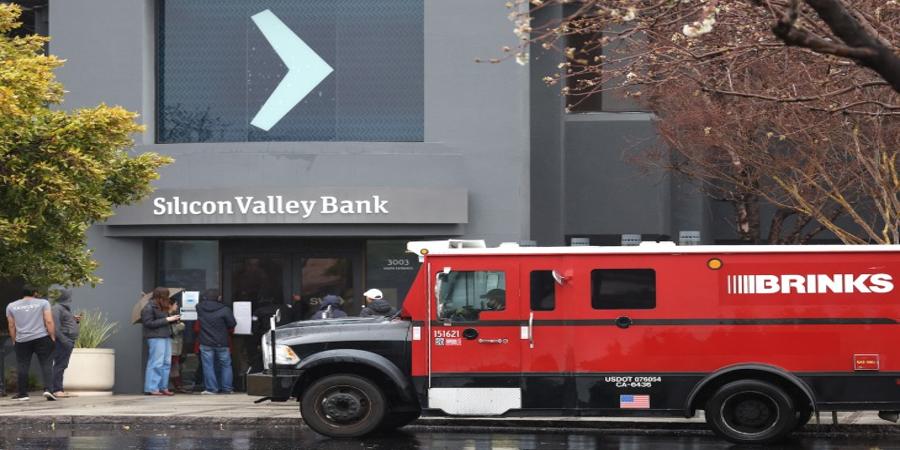Yesterday, the U.S. experienced its second-largest bank failure in history. In the technology world, Silicon Valley Bank (SVB) was one of the largest banks supporting small businesses, but today, tens of thousands of depositors are unable to access capital.
This is not the first time I’ve witnessed a funding crunch. I’ve been building technology businesses for more than 20 years: 15 years in software/internet and five in advanced hardware. Previously, I founded Archer Aviation, which went public in 2021 for $2.7 billion. Prior to that, I founded Vettery, which was acquired for $110M.
While I hope for the best, it’s important for founders and CEOs to plan for the worst. This will be the weekend that differentiates a good entrepreneur from a bad one.
In 2020, when COVID-19 hit, I was raising my Series A for Archer and the venture funding environment completely ground to a halt. Within 48 hours, every single meeting I had was canceled.
While I hope for the best for companies banking with SVB, it’s important for founders and CEOs to plan for the worst. This will be the weekend that differentiates a good entrepreneur from a bad one.
Here is a 10-step playbook for founders and CEOs that can increase your company’s odds of success:
This weekend, you are in the war room. Spend the time building a thoughtful plan based on the many scenarios that could play out. It’s best to prepare for the worst, stay calm, and execute with precision.
The goal of this session is to thoughtfully document a plan that will extend the cash runway, establish talking points for employee communication, and identify any levers you can pull immediately to conserve cash.
This team should consist of the CEO, financial leadership, and folks who lead overall product and people operations. Small teams make it easier to communicate and move quickly but a mentor who has experience navigating business cycles like this one could also be helpful.
The goal of this team is to extend remaining cash on hand for at least 30 days with the hope that uninsured depositors will see high recovery rates quickly. The longer your runway, the higher your odds of success.
In case you need more capital than the Federal Deposit Insurance Corporation (FDIC) insures, get in touch with current investors and be transparent about your SVB exposure. Be direct: ask if they are in a position to wire cash to cover your capital needs, even if it means with no terms in place.
I would also start building a list of every non-current investor in my network and be prepared to make contact with them on Monday morning. Work to track all of this so you can stay organized in case deposit settlements take several weeks.
You will find that good investors will step in to help because they understand that this situation will not last forever. Your ask is to get them to lend new money or buy deposit claims outright. If things go south, you don’t want to be one of 40,000 companies calling investors on Monday.
Source @TechCrunch



